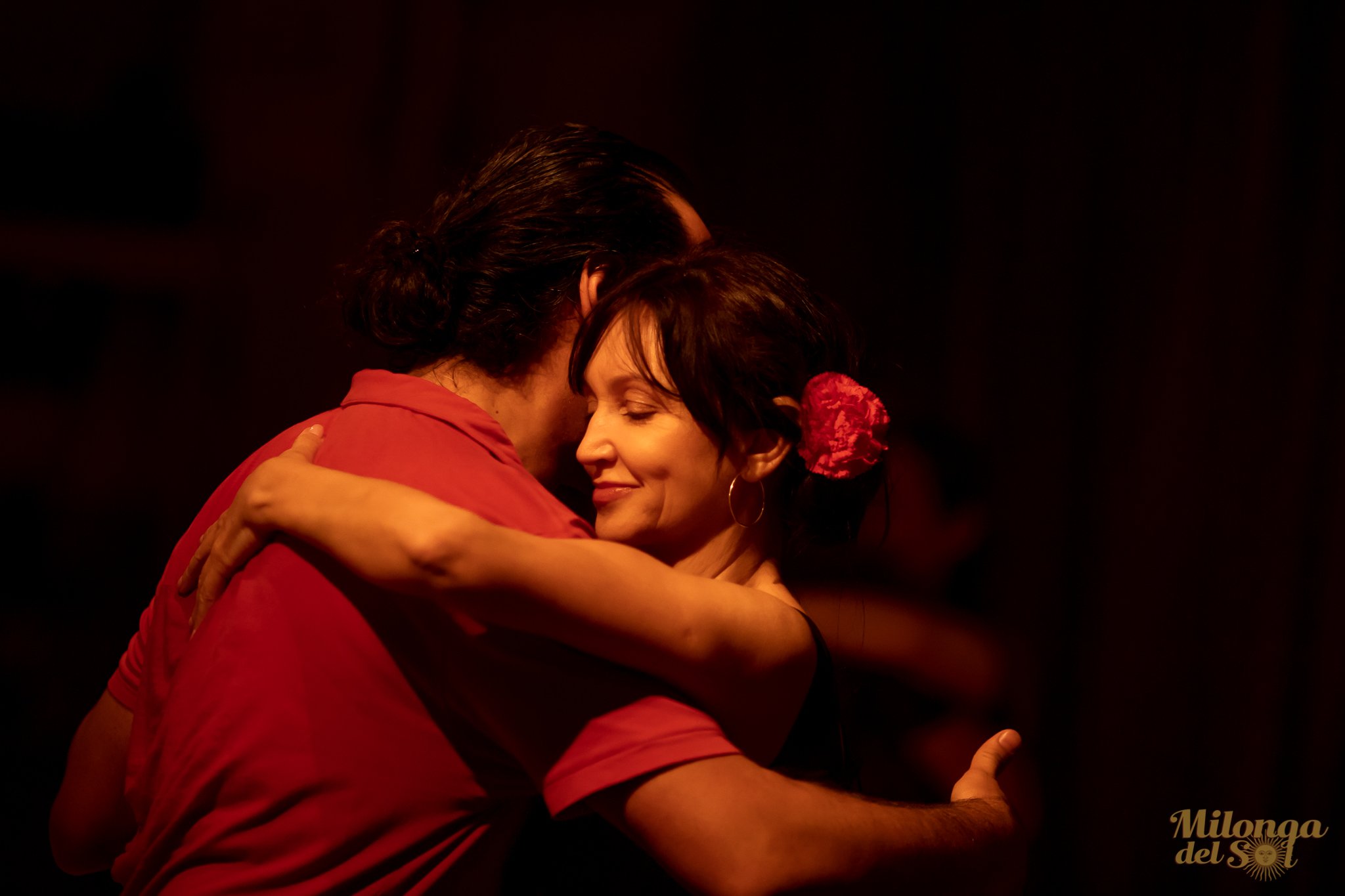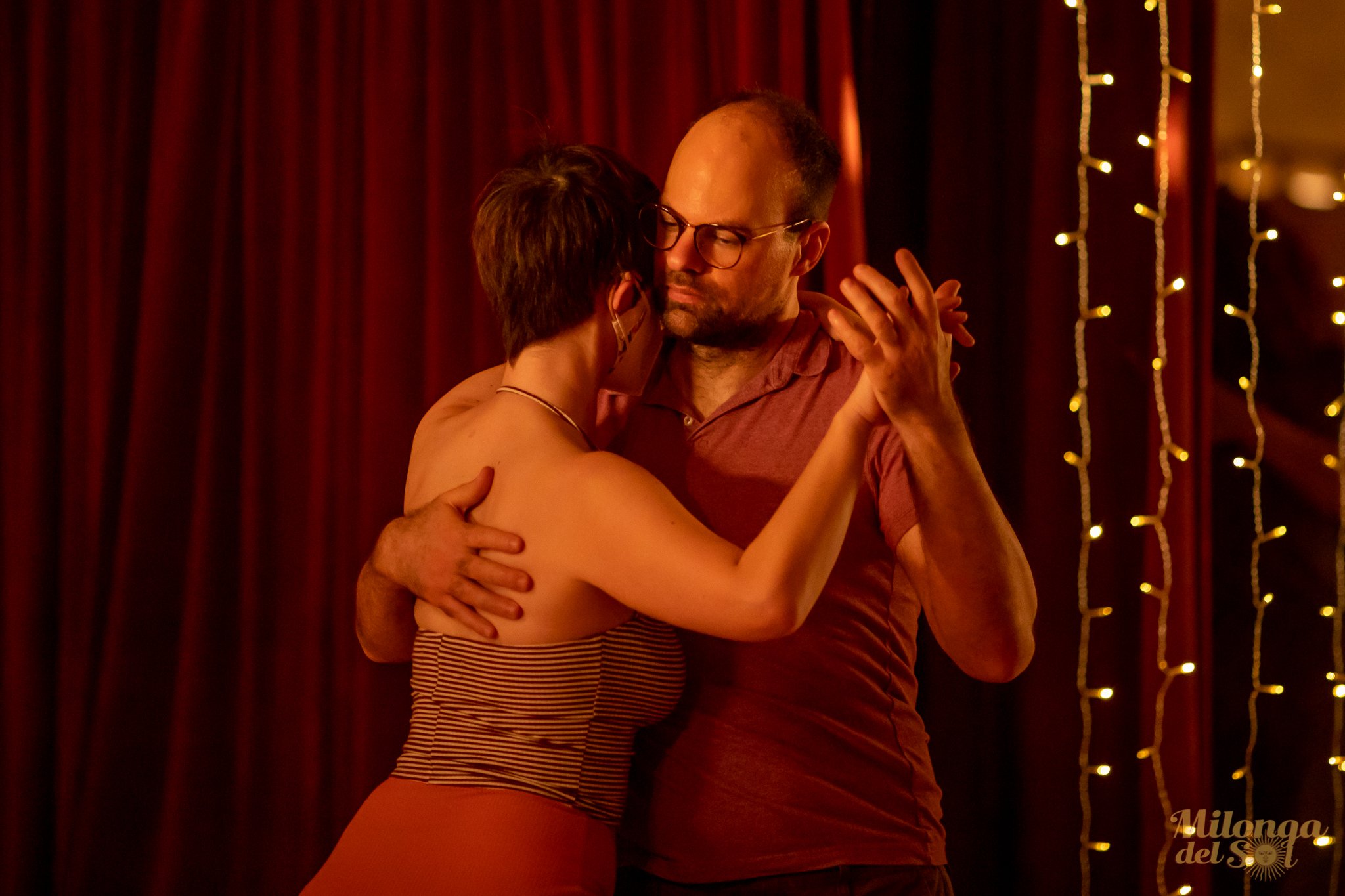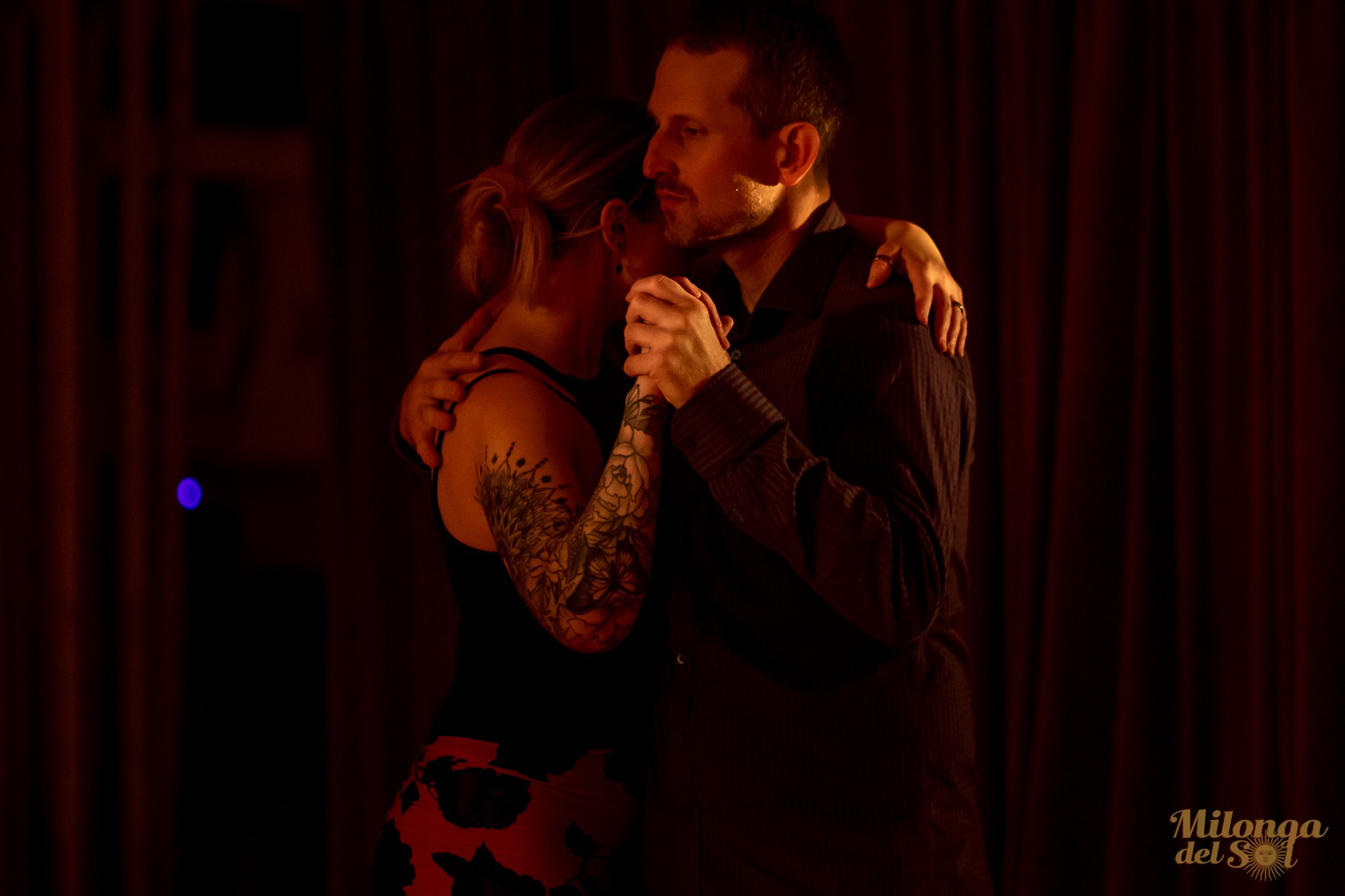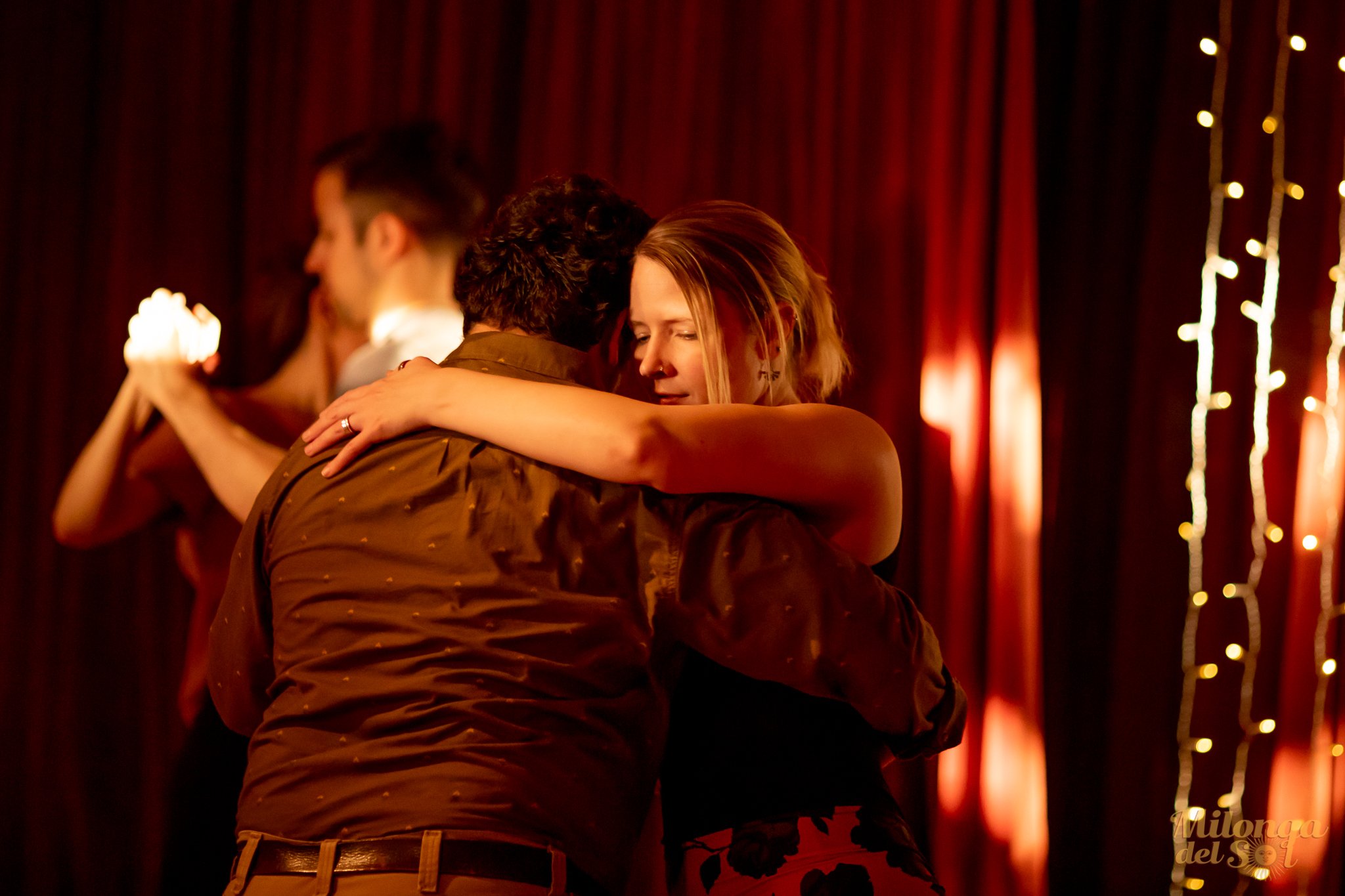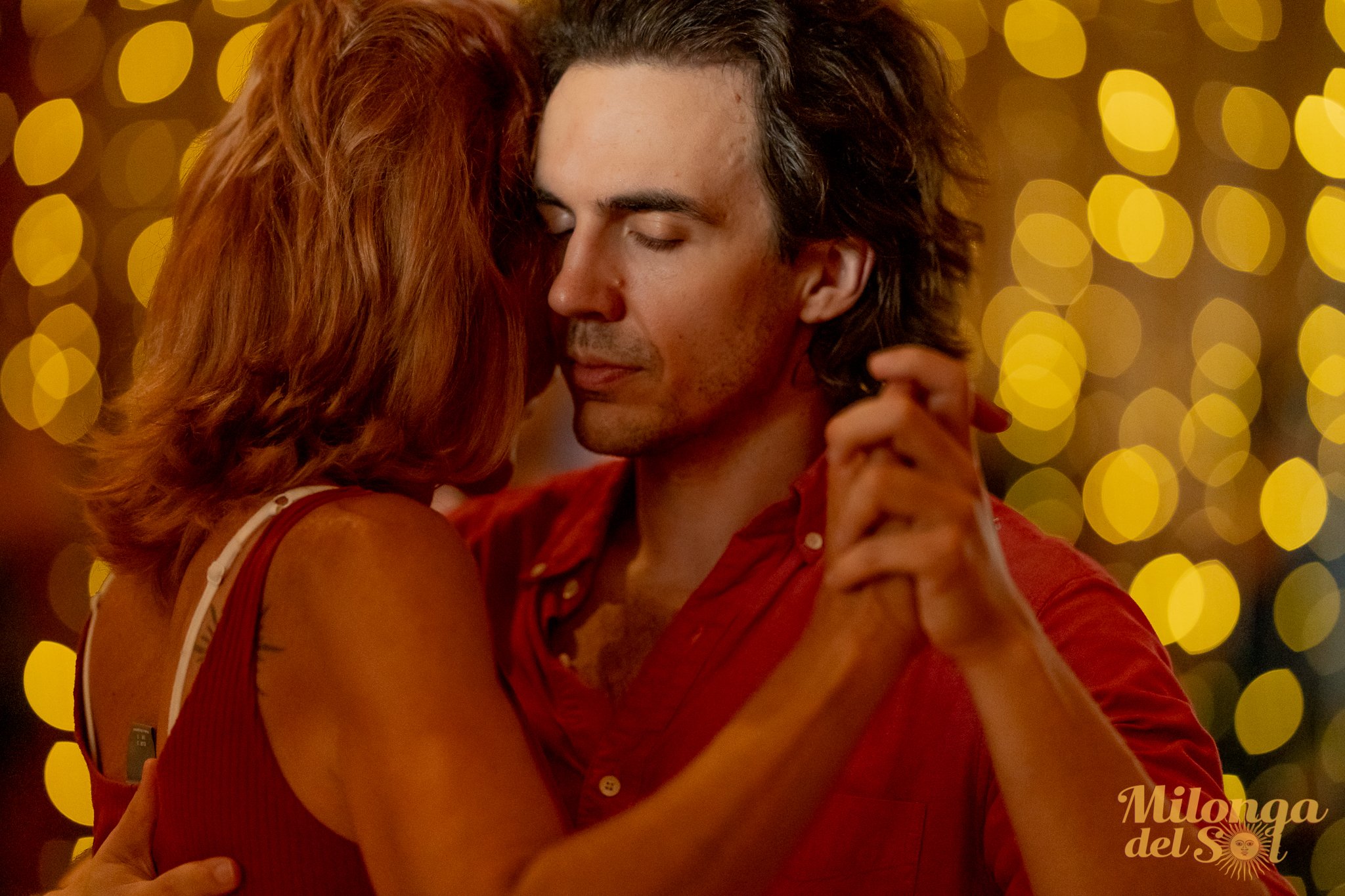
Assessments.
Video Assessment:
At the end of each semester, LATA members have a 20 min assessment with one of the instructors, which includes feedback, dancing, video recording & goal setting.
What to expect:
Assessments are bookable during the last 3 weeks of the semester.
Please hand in your completed self-assessment at the start of your assessment.
You can use the time with the instructor to practice and/or get feedback - be ready to take notes.
During 1 song you will be recorded dancing the curriculum material with your instructor.
How to prepare:
Please prepare for assessments ahead of time by asking for feedback during practicas, group classes and/or private lessons.
Booking your spot:
Best to book on the Motivo LA app (iPhone or Android) or scroll down to the bottom of the page!

Spring 2025
Video Assessment are bookable between May 13th and June 1st
Tracking progress:
With Tango, it’s not so much about what we do but how we do it. Hence, when we practice and need to troubleshoot a sequence or step, we do it with the help of, and in relation to these concepts: Balance, Alignment, Weight Transfer, Spiral, Embrace, and Musicality.
Scroll down to learn more about the 6 pillars ↓
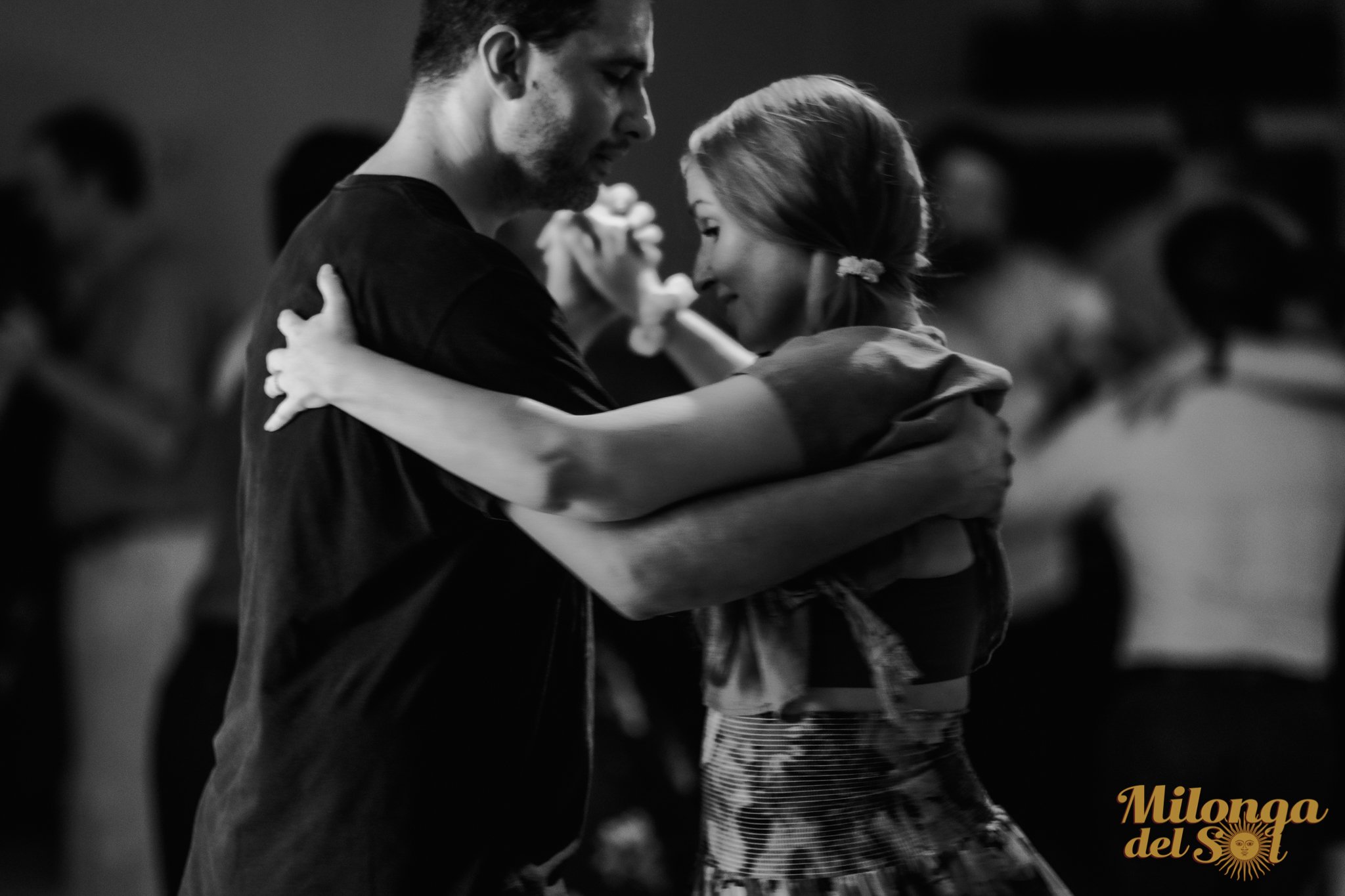
Six Pillars.
Guiding principles for your Tango journey
These fundamental pillars relate to somatics, the individual’s use of their own body. A journey of increasing the awareness of different movements of the body and how they relate to one another.
1. Balance
Your balance is defined by how well you can stay centered on your foot. The more centered we are, the more we can relax.
Our ideal dancer can stand on either foot calmly and effortlessly without shaking, wobbling, or holding tension. They maintain their balance even when subjected to outside forces. They are always ready to stay where they are, and equally ready to move.
2. Alignment
When looking at alignment, we are considering how our body is stacked up and how well this alignment is maintained when stepping, spiraling, and embracing your partner.
Our ideal dancer keeps their pelvis, ribcage, and head stacked over the standing leg. The spine is stretched and maintains its natural curve. Their shoulders are low, hips are level, and the free side of the body isn’t holding tension. They don’t change their alignment when they embrace their partner. As they move, they keep their alignment consistent.
3. Weight Transfer
Weight transfer refers to how you move from one foot to the other; Which part of your foot touches the ground first, the direction and size of your step, and how you receive your weight onto your new foot.
Our ideal dancer uses the whole foot. Stepping forward, they roll heel to toe and moving backwards they roll from the big toe to the heel. Both feet remain active throughout the weight transfer and when maintaining body alignment, it becomes possible to slow, pause, or freeze the transfer from one leg to the other. When the axis fully arrives onto the new standing leg, the free leg is relaxed and responds like a pendulum.
4. Spiral
Spiral refers to the rotation of the spine. When it comes to spiraled movements, we are not looking for the biggest range of motion but how well you can use your individual range of motion.
Our ideal dancer can spiral the spine in both directions, on either foot, without changing where their hips are facing. They can then use this spiral to create a pivot of the lower body. When dancing, the spiral in their body is always active and responsive to the situation, spiraling towards their partner.
5. Embrace
When assessing the quality of the embrace, we consider both how the embrace feels and its general shape in relation to your partner.
Our ideal dancer's embrace is expansive and relaxed. Their back and shoulder blades are wide, open and down. The arms are flexible and the hands are present with their partner. They do not push or pull on their partner or use them for balance. Their embrace does not collapse; it feels round like a bubble and responds to their partner's movement.
6. Musicality
When assessing musicality, we are looking at the ability to coordinate your movements with the music.
Our ideal dancer can feel the pulse of the music and can consistently move with the beat. They can shift between different rhythms with their partner (doubletimes, halftimes, pauses, etc). They understand the natural / default timing of the movements and how to alter them. Their musical interpretation is a direct response to the mood and color of the music, without sacrificing connection with their partner.
